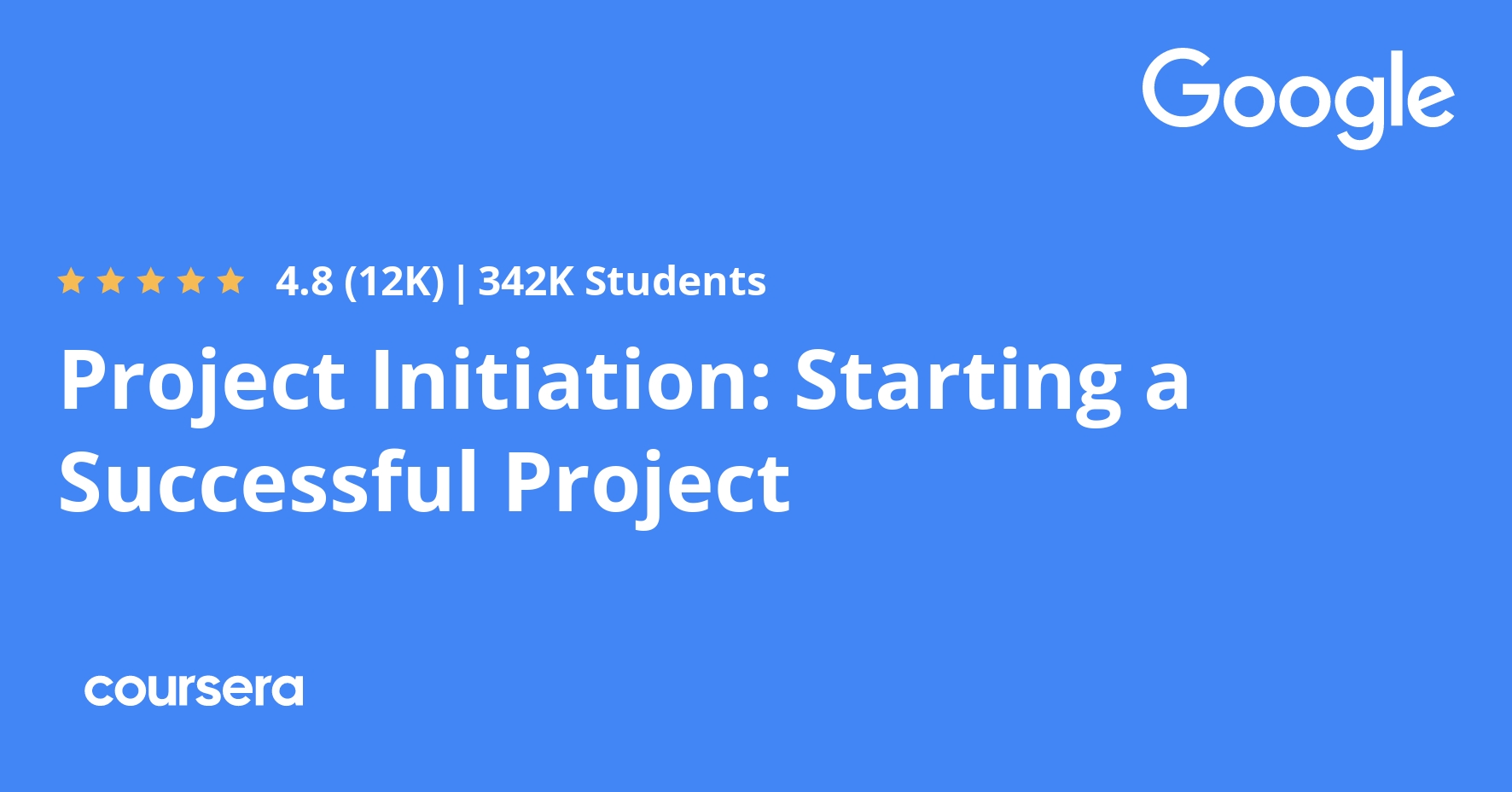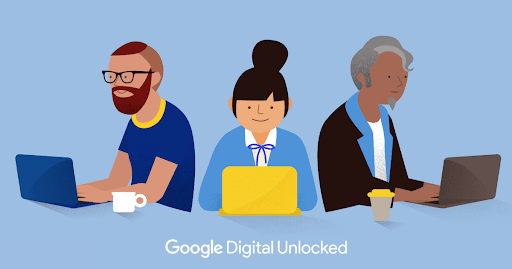Description
Designing sound representations of information can be a complex, but necessary part of engaging students and making material accessible to a larger group of learners. While advances in these tools (e.g., interactive simulations) have made many freely available to millions of STEM students and classrooms around the world, their reliance on visual-only representations makes it difficult for diverse groups of students to access the content. In this course we will introduce you to sound and sound design, to help you successfully integrate enjoyable and effective sounds into interactive learning tools.
This course will take about 6 weeks to complete. Some of the modules are shorter, with videos focused on quick introductions or refreshers to get you up to speed with information you need fast. Others are longer (Modules 2 & 3), and include more working examples, or scenarios to consider.
When you finish this course, you’ll know how to:
1. Identify concepts to associate with sounds in learning tools
2. Brainstorm sound designs
3. Prototype sound designs
4. Evaluate sound designs
5. Interpret results and decide next steps
The lessons cover terminology, best practices in design, and even give you an introduction to creating sounds.
What you will learn
Sound
What sounds do we hear every day? What sounds do we hear when we use technology? And, how do we rely on them to inform our decisions throughout the day? We’ll cover categories of sound types and terminology.
Sound Design
Module 2 introduces specific mappings and sound characteristics that we can rely on to convey information. We’ll introduce terminology for simple mappings like pitch, timbre, reverberation, and many more. Then we’ll move on to more complex audio mappings, and design considerations for layering sounds in interactive learning tools.
Evaluation
For sound designs, it’s important to understand how your users are interpreting and thinking about the mappings. This module will cover the measurements and question types to consider for evaluation, the different types of evaluations, and how to analyze the data generated in the process. Then, we’ll discuss how to make changes to a sound design using what we learned from evaluations.
Prototyping
Module 4 will introduce different prototyping and design methods for making sounds. We’ll go through a variety of tools that you can use to make sounds, and where to find other sounds you might want to use. We’ll introduce some programmatic ways of creating sounds and discuss how to embed the sounds into prototypes.






